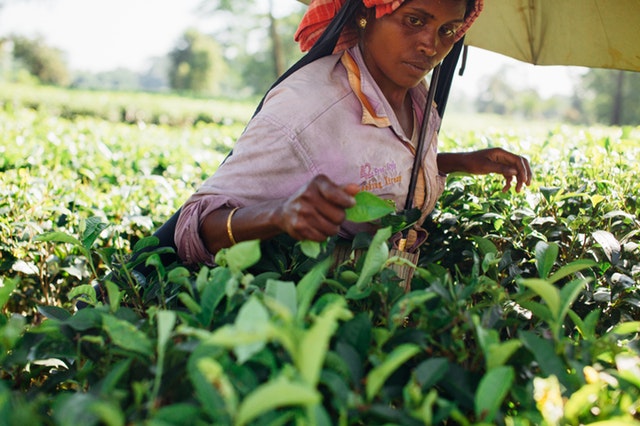By Kossi Lorimpo Adjah

The current climate scenarios, as well as the occurrence of critical weather conditions such as water scarcity and change in rainfall patterns, are expected to continue in the near future, which will increase the occurrence of droughts.
On the other hand, water supply sources (rivers, lakes, groundwater basins, etc.) are already overused, suffer from pollution, and are often in short supply, thus making it increasingly difficult to meet demand. Consequently, agricultural production systems cannot rely solely on rain-fed and irrigated crop production methods. While irrigated production is used mostly by large-scale producers, small-scale farmers predominantly depend on rainfall to produce their crops. At this point, agricultural production cannot rely solely on the availability of existing water resources to produce enough food to feed an ever-growing population.
Water scarcity is expected to result in declining incomes, especially for subsistence farmers, due to their limited access to irrigation for agricultural production. It is true that the effects of climate change will affect every area on the planet, but farmers will to be the first and hardest-hit by the impact of climate change.
Thus far, policy responses to climate change have been dominated by a mitigation-centred approach. However, mitigation can only slow down the progress of climate change. Its broader effects, however, such as droughts and floods, will have a long-term impact on agricultural productivity. Adaptation strategies must thus be addressed with the same urgency. We need to start looking for sustainable ways of adapting to and reversing the effects of droughts on crop yield and agricultural productivity.
Could drought tolerant seeds be a vital means of adaptation to drought?
The series of droughts that occurred in Ghana in 1968, 1983 and 1990 (the one in 1983 being the most severe) is an example of what is set to become more common in light of the current climate change scenarios. At present, three main adaptation strategies are being used to combat the detrimental effects of drought on crop yield.
The first is ‘drought escape’ which focuses on grain production via short cycle cultivars before the actual occurrence of a drought. However, this method is challenging because it is becoming increasingly difficult to predict the occurrence of droughts.
The second strategy is ‘drought avoidance’ which relies on the ability of certain cultivars to extract water from deeper soil layers through the development of a deep root system.
The third strategy is ‘drought tolerance’ which is based on the ability of the plant tissues to maintain a good water status under limited water conditions. With water scarcity likely to become a more frequent phenomenon in the near future, the best solution thus appears to be the development of drought tolerant cultivars.
According to the Food and Agriculture Organization (FAO), in order to facilitate easy adoption of drought tolerant cultivars, it is advisable to improve cultivars farmers are already using. Besides the yield, it is also important to improve the quality of the crop products, as this determines the final market value of the products.
Today’s customers have specific demands and only accept high quality products. Taking rice as an example, customers’ demands with regard to quality vary across Africa. Hence, farmers have to produce rice that meets different (high) quality standards in order to remain competitive. This, in turn, makes it necessary to understand how drought and rising temperatures affect the quality of the products produced by African farmers.
Kossi Lorimpo Adjah isa plant breeder with a background in agronomy. He is passionate about encouraging entrepreneurship among women and youth in Togo.
